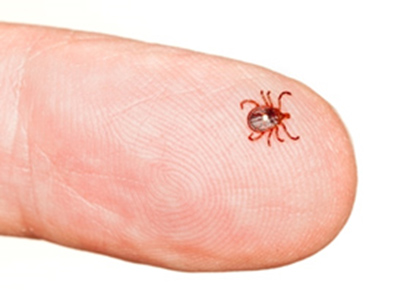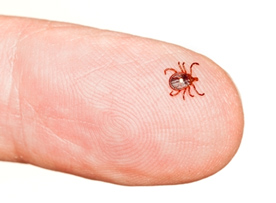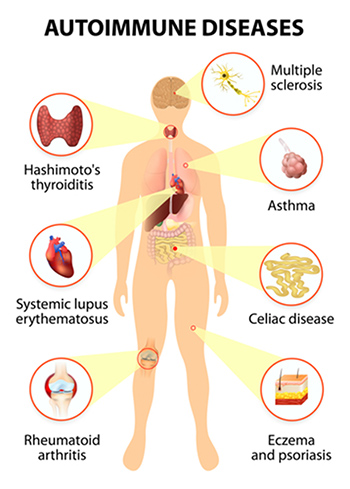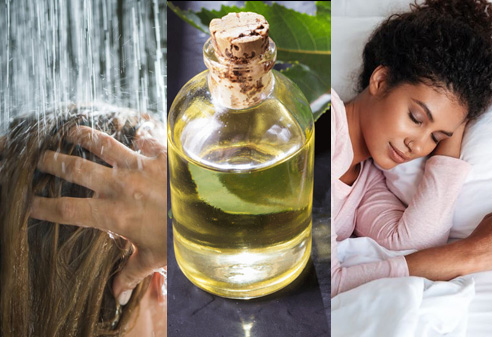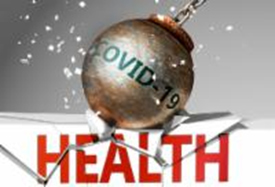Long COVID
Covid is Here to Stay It’s pretty clear that COVID is here to stay. It continues to not only infect new cases but continues to wreak havoc in the already infected longer than the traditional medical model previously considered possible. Long COVID is a poorly understood constellation of symptoms (both mental and physical) that persist … Read more



